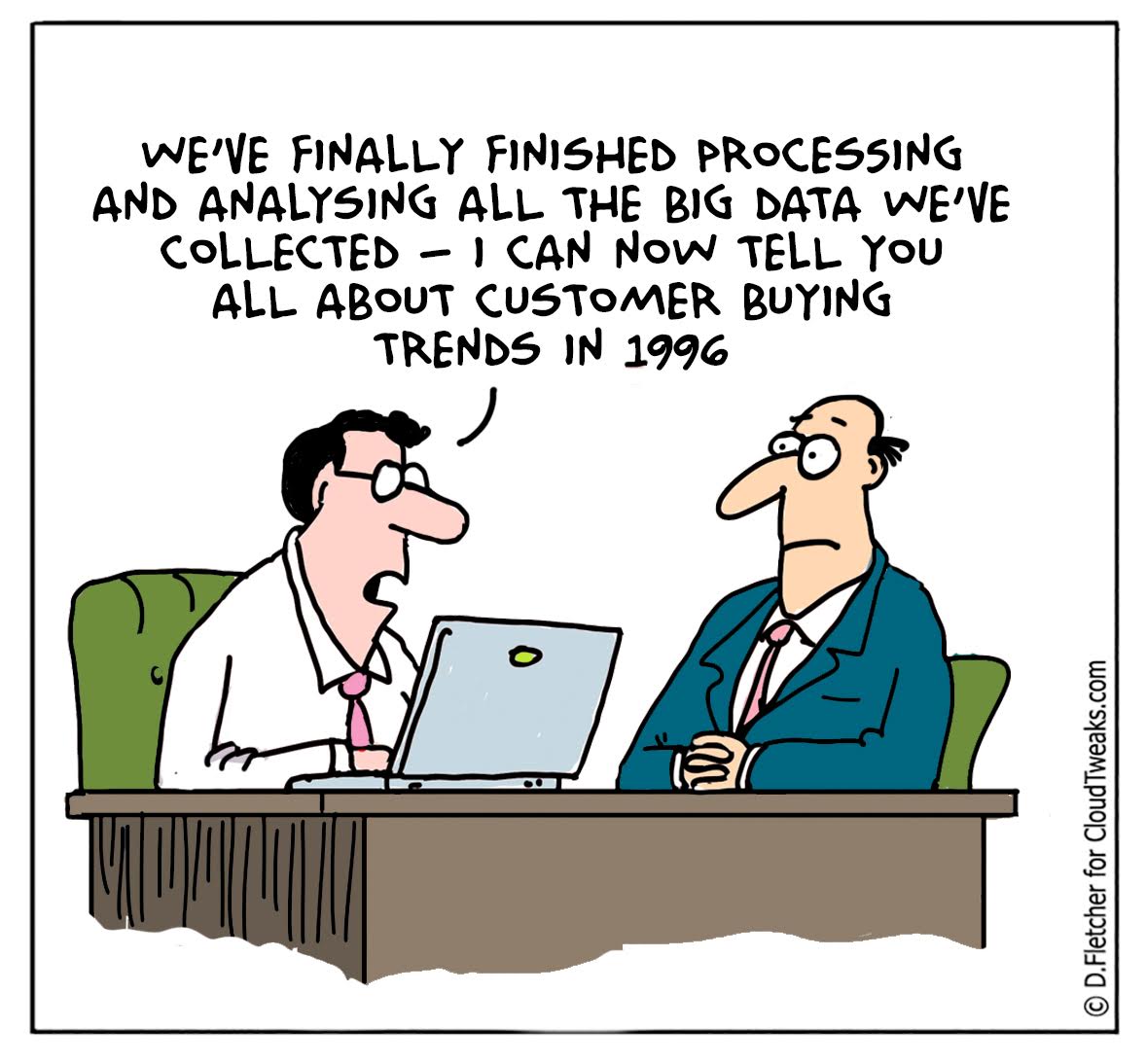(Updated Jan 30th, 2023)
Big Data has reached into the innermost areas of our lives. The way we manage cities, shape communities, shop and go about building personal relationships is changing thanks to Big Data. Sports is an area that’s increasingly witnessing changes in big data acquisition, analytics and, subsequently, performance and revenue optimization through data-driven insights.
It’s not just physical sports that benefit from big data. The gaming industry is known to utilize big data analytics to create a more immersive and personalized gaming experience. For example, game-play and user data are collected to understand playing patterns and offer personalized bonuses and promotions. Data analytics can provide more intriguing odds, and players themselves can use big data to find the best deals, for example, for poker games. This isn’t limited to any one game, and players can select various games to find out what suits them. Big data is also a way for businesses to make better marketing decisions and offer players exactly what they are looking for.
According to a market research report “Big Data Market” by Component, Deployment Mode, Organization Size, Business Function (Operations, Finance, and Marketing and Sales), Industry Vertical (BFSI, Manufacturing, and Healthcare and Life Sciences), and Region – Global Forecast to 2025“, published by MarketsandMarkets™, the global Big Data Market size to grow from USD 138.9 billion in 2020 to USD 229.4 billion by 2025, at a Compound Annual Growth Rate (CAGR) of 10.6% during the forecast period.
The benefits of Big Data in sports apply roughly to two groups: the fans and the teams, though advertisers and individual athletes stand to gain as well.
The fans can be understood much better with Big Data. Social media tracking establishes trends and patterns that alert teams to changing perceptions. Predictive marketing can be done on a much wider scale, smartly bringing together past purchases present attractive offers. Team apps help greatly to that aim. Bought a Mercedes hat? Perhaps you’d like a Lewis Hamilton t-shirt at a discount.
Accessible statistics make the game more fun as well. The IBM Slam Tracker for example was introduced at the 2014 French Open at Roland Garros. It showcased not only point-by-point winning odds of the contestants, but also displayed the players’ real-time popularity on social media. Such number-crunching cannot influence the end result, but it adds a whole new layer to games that, unlike poker, couldn’t boast real-time insights better than that the commentators’ educated guesses.
![]()
The stadium is an area where innovations can be used to great extent. iBeacon, an Apple app catered to retailers and customers, is used in stadiums not only to push offers for seat upgrades and discounts at food stalls, but to inform the viewer about the lines at the bathrooms, better direct viewer flow and improve the overall “on-site experience”.
Capturing data is key. This can be seen in most sports. Athletes train with sensors that monitor their heart rates, reaction times and distance covered. The data can be used to prevent injury in-game; crunched later on, this data can provide performance insights as well.
But you don’t have to be a million-dollar team to have such statistics at your fingertips. Golfing apps are available to Android and iOS users alike; they gather statistics that show areas of their game that need improvement. Players can surmise which clubs work best, how their plays have varied over time, and their best plays.

With all this, won’t the “spirit” of competitive sports die away if numbers become all that’s important? However effective, Big Data doesn’t take away from the fact that what you see are real players with real sweat and real blood. It’s getting more interesting, not necessarily more predictable.
Big data has extensive applications in sports, where it can be used to identify patterns and make decisions. For example, football clubs can use data analytics to predict player performance. Based on past performance data, clubs can then make decisions regarding which players they should sign up during the transfer market.
The world of cricket has been relying on big data to produce player performance statistics, generate win probabilities, understand a player’s batting or bowling style and conduct predictive analysis. Insights by ESPNCricInfo is a Big Data analytics tool that currently analyzes over 25 variables per ball to generate bowler performance statistics. These types of stats also help teams make decisions about the batting order and even decide on which players should sit out a particular match.
Similarly, tennis coaches are known to use big data analytics to capture the degree of spin on a shot and the force with which it is hit, among other data, to project performance. Past data for opposing players can be used to pinpoint strengths and weaknesses, and train accordingly. Mini sensors built into tennis rackets give real-time insights through IoT into swing speed, ball trajectory and other play aspects to make performance predictions.
Big data has opened a new and exciting potential for the future, producing real-time analysis. Its applications promise a new world of competitiveness, decision-making and an all-around immersive experience.
By Lauris Veips





